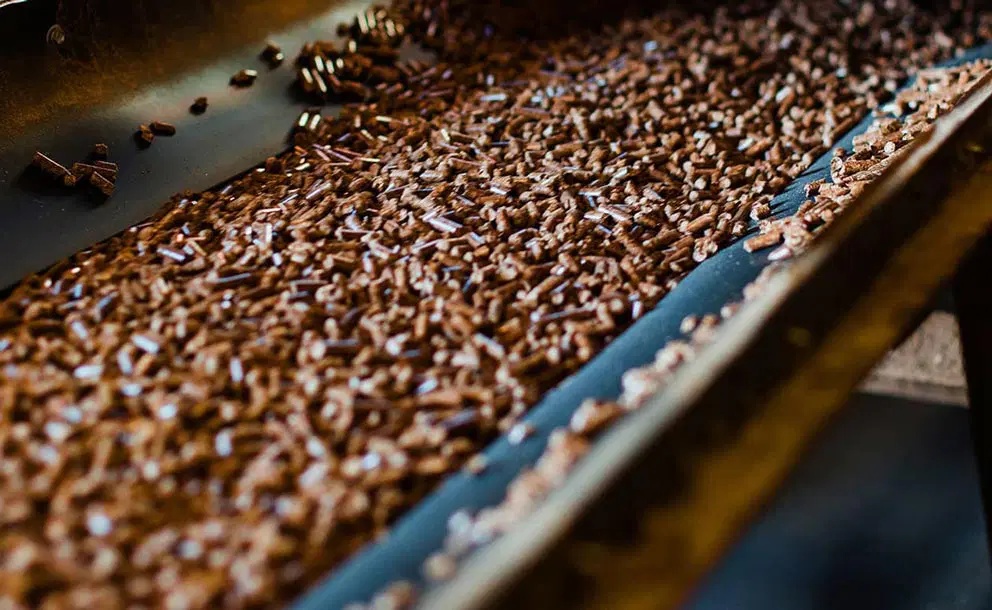The organic substances discarded throughout the entire agricultural production process are called agricultural waste, mainly including two categories: crop straw and livestock manure. A large amount of organic waste generated in agriculture every year cannot be fully utilized. It not only occupies space but also causes serious waste of resources. The main crops in the world include corn stalks, rice husks, peanut shells, cotton stalks, etc. With the development of the economy, the green circular economy is increasingly advocated, which is also an inevitable trend in the process of economic development. Biomass pellet machines have a very good recycling rate for agricultural waste.
Although these agricultural wastes can be compressed into pellets by the same type of biomass pellet machine, the corresponding supporting equipment and investment size for each raw material are different. There are three prerequisite conditions for making granules: the raw materials should be in powder form, the moisture content should not exceed 15%, and the size of the raw materials should be smaller than the diameter of the granules. Therefore, the preparatory work for the crushing and grinding of raw materials in the early stage must be done well. Only in this way can agricultural waste be truly and fully utilized.

Biomass pellet fuel is processed through crushing, pressurization, densification and molding to become solid cylindrical pellet fuel. Pellet fuel is made by extruding wood chips, straw and other raw materials under normal temperature conditions using the pressure roller and ring die of a biomass pellet machine. Pellet fuel is a type of bioenergy that can replace firewood, fuel oil, coal, liquefied gas, etc. It is widely used in heating, domestic stoves, hot water boilers, industrial boilers, biomass power plants, etc. It has a high fuel utilization rate, can replace coal, and reduce air emissions and pollution. The density of the raw materials for pellet fuel is generally around 0.6 to 0.8. The density of the formed pellets is greater than 1.1, and the calorific value can reach 3400 to 4800 kcal. It features high density, large specific gravity, small volume, good combustion resistance, low sulfur content, and is convenient for storage and transportation. Meanwhile, its combustion performance has been greatly improved, which has brought about certain employment problems and economic benefits.
Agricultural and forestry residues such as wood chips, straw, and construction formwork are all raw materials for biomass pellet machines. Biomass fuel pellets have great potential for energy utilization. The development of biomass pellet fuel has a very promising market prospect.





















